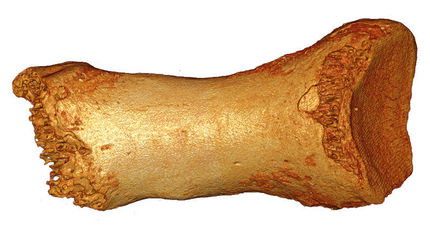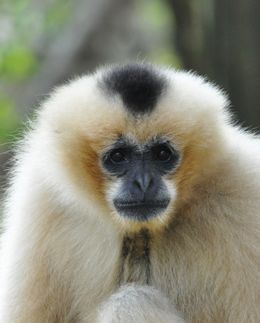Random picks better than complicated process in gene identification
Researchers at Purdue University have found a way to save time, money and a little frustration in searches for specific genes that shed light on the biological processes associated with all forms of life.
Andrew DeWoody, a professor of genetics, and postdoctoral associate Matthew C. Hale have provided evidence that a step called normalization is no longer necessary with recent advances in DNA sequencing technology. Instead, they used a theoretical approach called rarefaction for gene discovery, a process developed for ecological surveys to determine the abundance of a species in an ecosystem. Their results were published in BMC Genomics.
When searching for specific genes in a tissue sample, there may be thousands of genes that perform simple housekeeping functions, whereas others expressed in smaller numbers are charged with more complex and important functions. The difficulty is sorting through thousands of genes to find the ones that have unique functions.
"These housekeeping genes are highly expressed, often hundreds or thousands of times more than other genes," DeWoody said.
Through normalization, scientists heat up DNA to a point in which its two component strands split, or denature. As it is cooled, matching strands randomly find each other and reattach. Those that reunite quickly are typically the most numerous. By adding specific enzymes, many of the overabundant genes are decreased in number, while the few that reunite slowly are amplified until the genes are equal in number, making it easier to sort through them.
DeWoody and Hale believe normalization is not necessary given the vast amount of data that can be obtained through modern DNA sequencers.
"Normalization used to be required because commonly expressed genes would swamp the signal of rare genes," DeWoody said. "But normalization also discards valuable information about the relative levels of gene expression in a tissue sample."
Another key aspect of the paper is the novel use of analytical rarefaction in gene discovery. In rarefaction, a species is selected at random from that ecosystem. Those selections are charted, with each selection considered one unit of effort. Once selections yield only previously selected species - or in this case, genes - the amount of effort needed to find all the species or genes has been determined. Scientists then know how much effort to use when searching for other genes.
"When it plateaus, you can give up. You've put in as much effort as you need," DeWoody said.
DeWoody and Hale tested the theory on samples from the reproductive organs of lake sturgeon while trying to find the genes responsible for determining fish sex. Hale said the work is important to conserve species by understanding their biological functions.
Organizations
Other news from the department science

Get the analytics and lab tech industry in your inbox
By submitting this form you agree that LUMITOS AG will send you the newsletter(s) selected above by email. Your data will not be passed on to third parties. Your data will be stored and processed in accordance with our data protection regulations. LUMITOS may contact you by email for the purpose of advertising or market and opinion surveys. You can revoke your consent at any time without giving reasons to LUMITOS AG, Ernst-Augustin-Str. 2, 12489 Berlin, Germany or by e-mail at revoke@lumitos.com with effect for the future. In addition, each email contains a link to unsubscribe from the corresponding newsletter.
























































